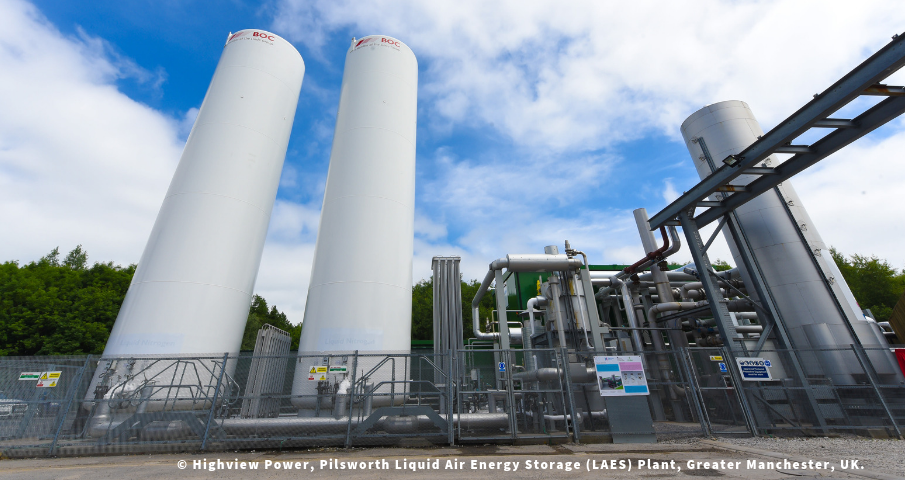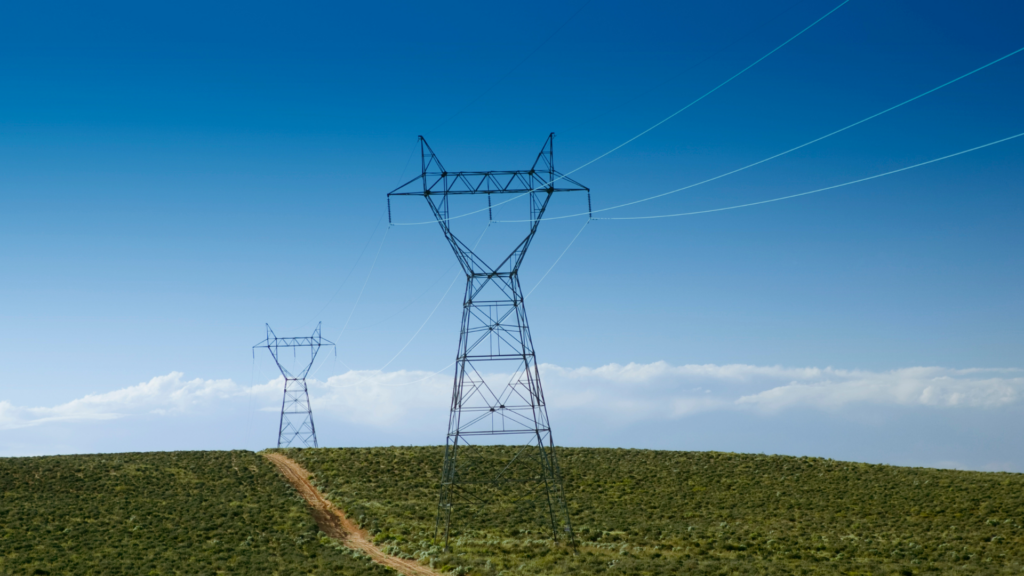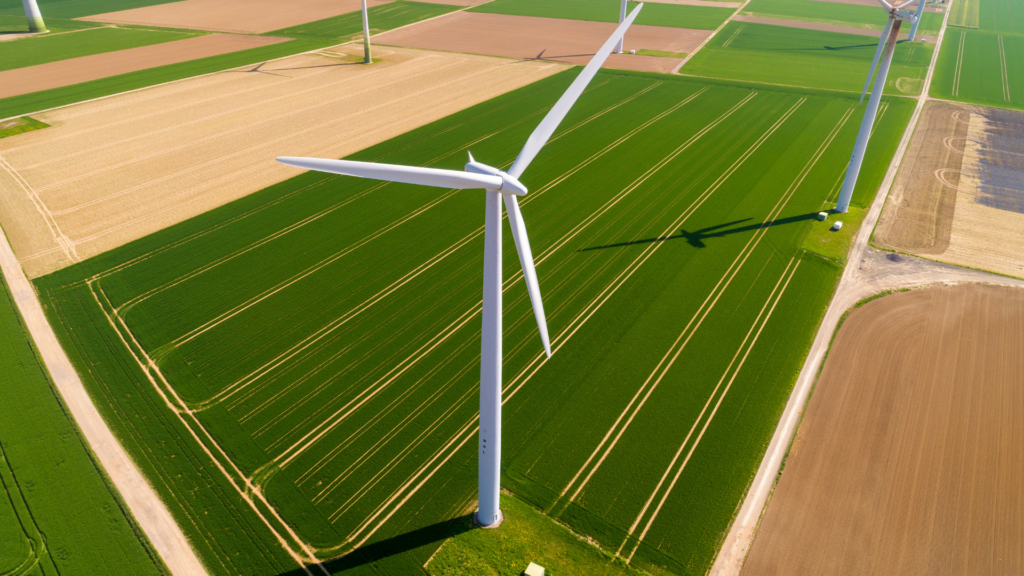01.10.2018 / Storage4EU
Highview Power Launches LAES Plant in the UK

True long-duration energy storage addresses challenges of rising energy demand and balancing the grid

On 5 June 2018, the world’s first grid-scale Liquid Air Energy Storage (LAES) plant was officially launched by Highview Power, the world leaders in LAES technology. The 5MW plant at the Viridor Pilsworth site in Greater Manchester, UK, was opened by Professor John Loughhead OBE FREng FTSE, Chief Scientific Adviser at the UK Government Department for Business, Energy & Industrial Strategy (BEIS). The plant was developed in partnership with recycling and renewable energy company, Viridor, and enabled in part by over £8m of funding from BEIS. The LAES plant, which can provide enough power for about 5,000 average-sized homes for several hours, will undergo a full testing programme during its first year of operation.
Operated remotely by demand response aggregator KiWi Power, the plant will demonstrate how LAES can provide a number of reserve, grid balancing and regulation services. Yet the opportunity is far greater; true long-duration energy storage is critical to enable the broader deployment of renewable energy; overcome the intermittency of solar and wind energy; help smooth peaks and troughs in demand; and provide the UK with a stable and secure source of home-grown energy. LAES technology can scale to hundreds of Megawatts, meeting the peak energy demand of urban areas from small towns to large cities. LAES plants could easily store enough clean electricity generated by a local windfarm to power a town of around 100,000 homes for many days, not just a few hours. And with the demonstration of LAES technology at the 5MW scale, the plant paves the way for the wider adoption of LAES technology globally.
LAES technology makes use of a freely available resource, the air, which is stored as a liquid and then converted back to a gas, involving an expansion process that releases stored energy, and this drives a turbine to generate electricity. In addition to providing energy storage, the LAES plant at Pilsworth converts waste heat to power using heat from the on-site landfill gas engines. LAES plants use no exotic metals or harmful chemicals; the plant comprises mostly of steel, and the components have a design life of between 30 to 40 years. At the end of life, a LAES plant can be decommissioned and the steel recycled. LAES plants can be located at the point of demand which makes them highly flexible and able to supply energy to help urban areas keep the lights on.




